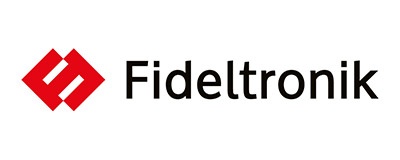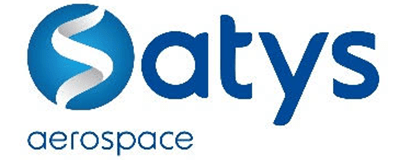Japanese perfection and reliability
IKEUCHI is a Japanese manufacturer of high-quality spray nozzles and humidification systems. We design and produce high-precision nozzles and humidification systems for various industries. We assist in optimizing manufacturing processes to improve the productivity of our customers, and come up with
custom-made solutions.
Discover our industrial spray nozzles
Nozzles, tank cleaners and accessories
Select from a wide range of nozzles depending on the type, material, spray patterns and spray capacities.
AKIMist® “E” Dry Fog Humidifier
Explore the benefits of industrial humidification of AKIMist® “E” and encounter the ways in which it’s Dry Fog can assist you.
IKEUCHI continuously invests in the quality of our products through research, innovation, and inspection processes. We provide a guarantee for all hydraulic nozzles’ spray capacity and spray angle regarding the accuracy of +/- 5% and 5° at the time of installation*.
CAD drawings
Encounter the 3D and 2D CAD drawings for our nozzles. You can easily download the designs and in case of assistance, you can always contact one of our specialists.
Product catalog
Explore the new IKEUCHI product catalogs. Review our wide-range of nozzles and industrial systems: hydraulic, pneumatic, air nozzles, tank cleaners and humidification systems.
SMT Connect 2024
Ikeuchi Europe will be exhibiting at the SMT Connect in Nuremberg, Germany. The exhibition will take place from the 11th of June...
Solutions per Application
Providing the optimal nozzle solution for the right application












